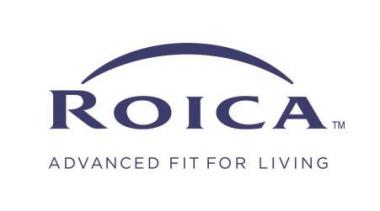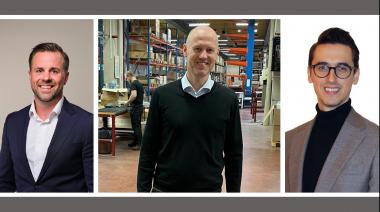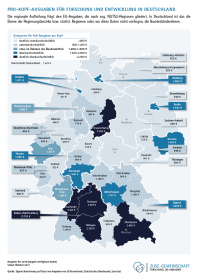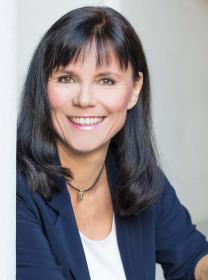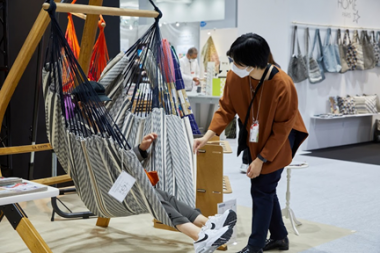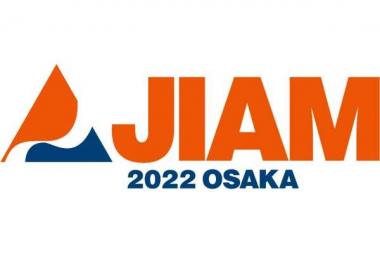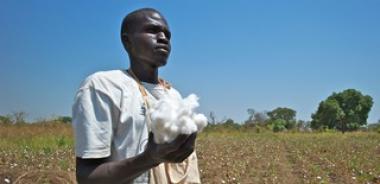adidas' performance in a challenging environment during Q3 2021
- Currency-neutral sales up 3%, despite € 600 million drag from external factors*
- Strong top-line momentum in EMEA, North America and Latin America with double-digit
- increase across these regions*
- DTC business growing at double-digit rate in EMEA, North America and Latin America*
- Gross margin at 50.1% as significantly higher full-price sales partly compensate
- negative currency impact and higher supply chain costs*
- Operating margin at 11.7% despite strong double-digit increase in marketing spend*
- Net income from continuing operations reaches € 479 million*
- Inventories down 23% currency-neutral*
- 2021 top- and bottom-line outlook confirmed*
“adidas performed well in an environment characterized by severe challenges on both the supply and demand side,” said adidas CEO Kasper Rorsted. “As a consequence of successful product launches we are experiencing strong top-line momentum in all markets that operate without major disruption. Double-digit growth in our direct-to-consumer businesses in EMEA, North America and Latin America is a testament to the strong consumer demand for our products. At the same time, we are navigating through the current world-wide supply chain constraints. Despite all challenges, we are on track to delivering a successful first year within our new strategic cycle.”
*See attached document for more information.












